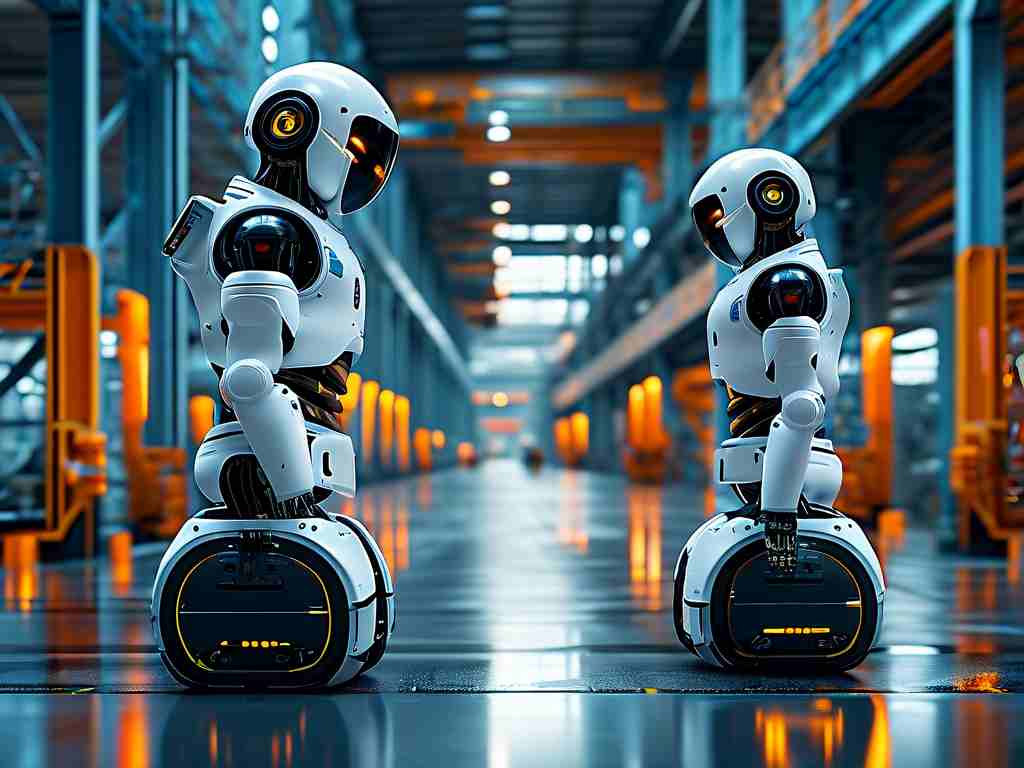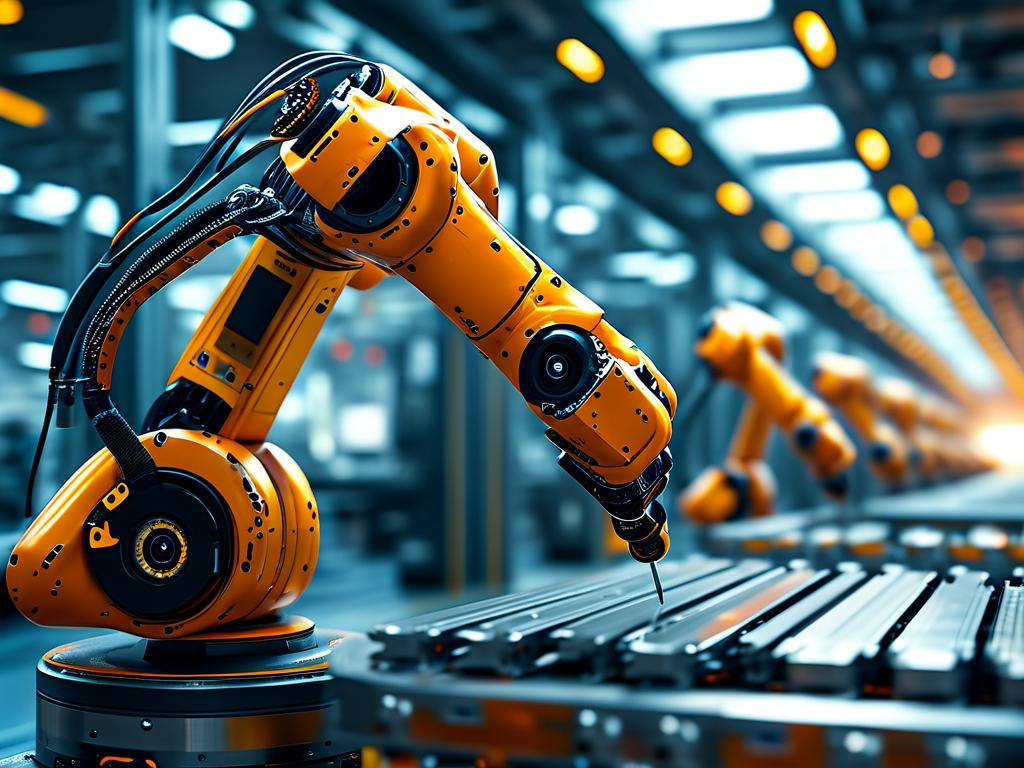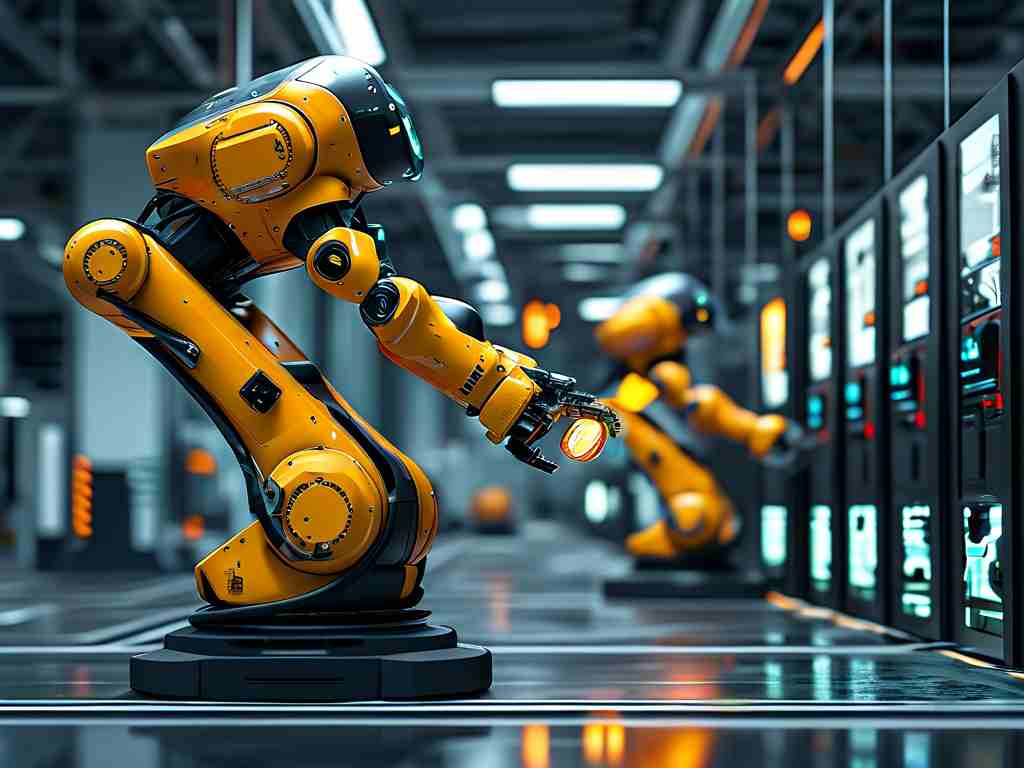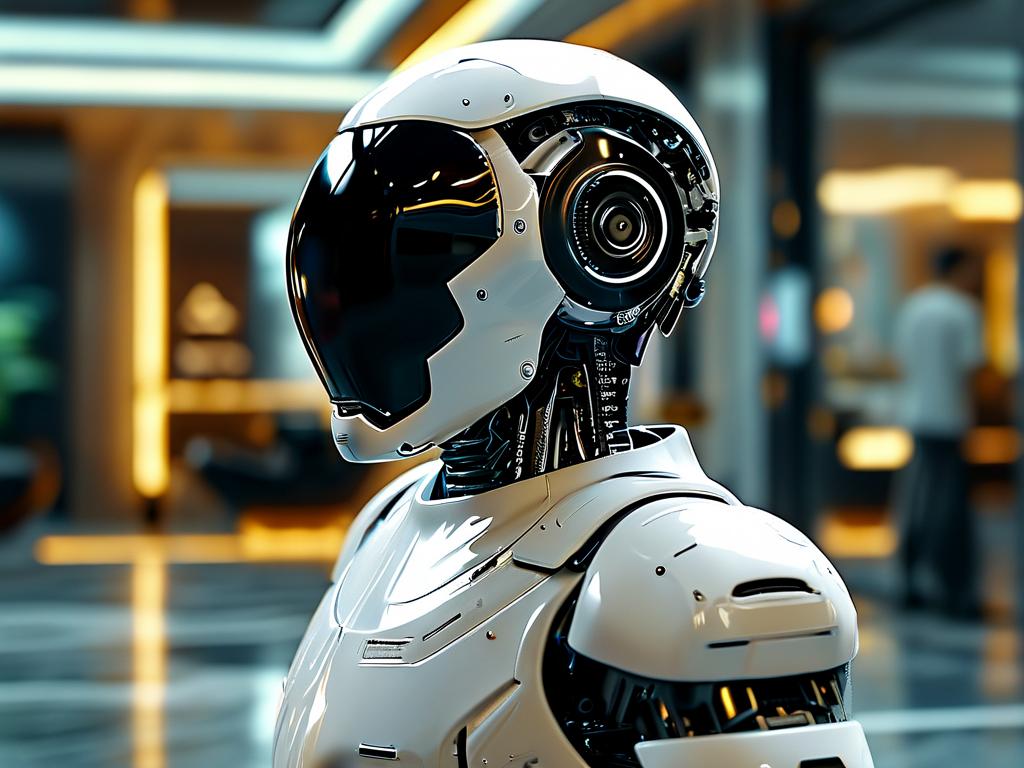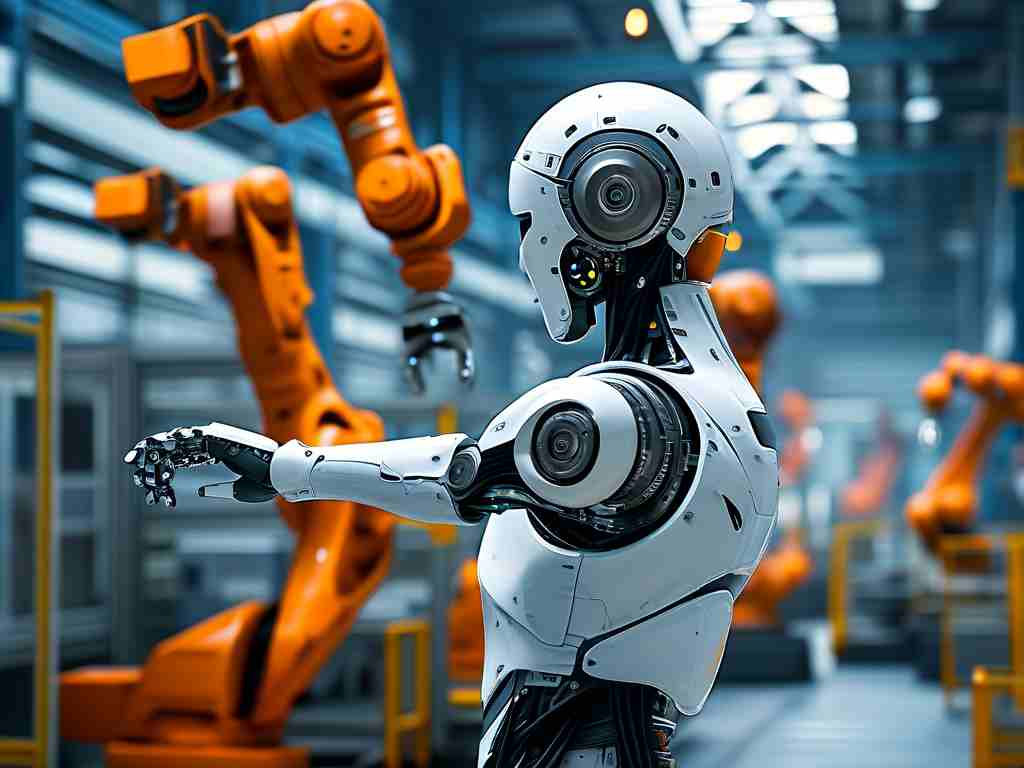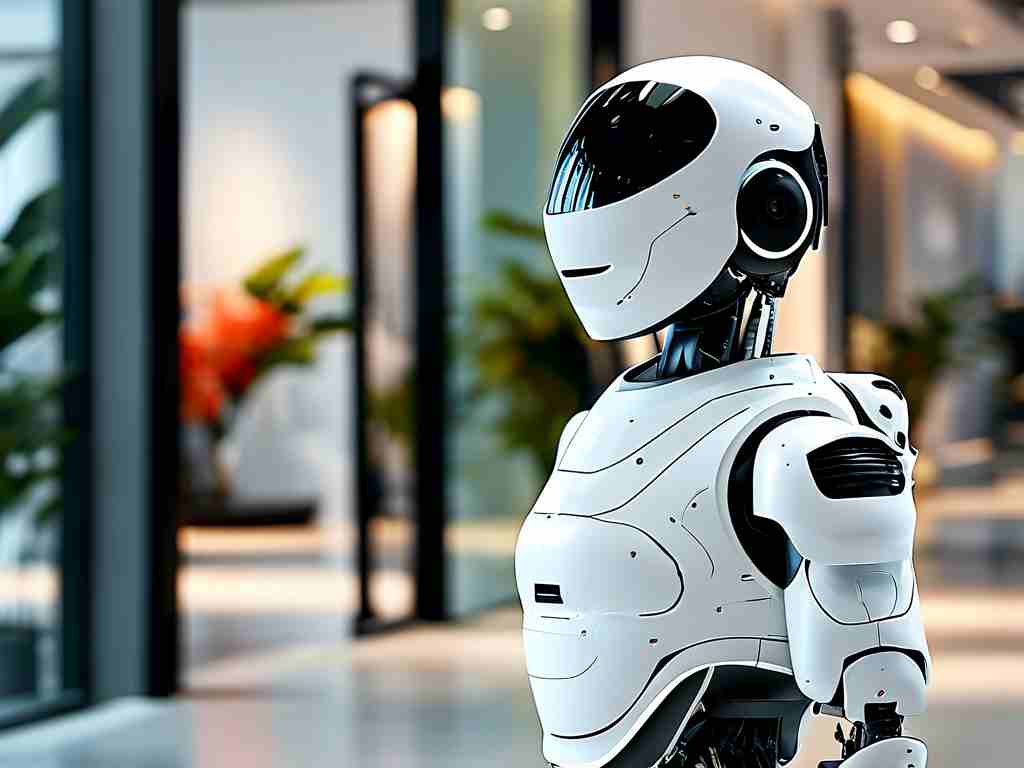The evolution of real-time robot dialogue technology has transformed how humans interact with machines, blending natural language processing (NLP), machine learning, and adaptive algorithms. This innovation enables robots to engage in fluid conversations, respond to contextual cues, and even predict user intent—capabilities once confined to science fiction.
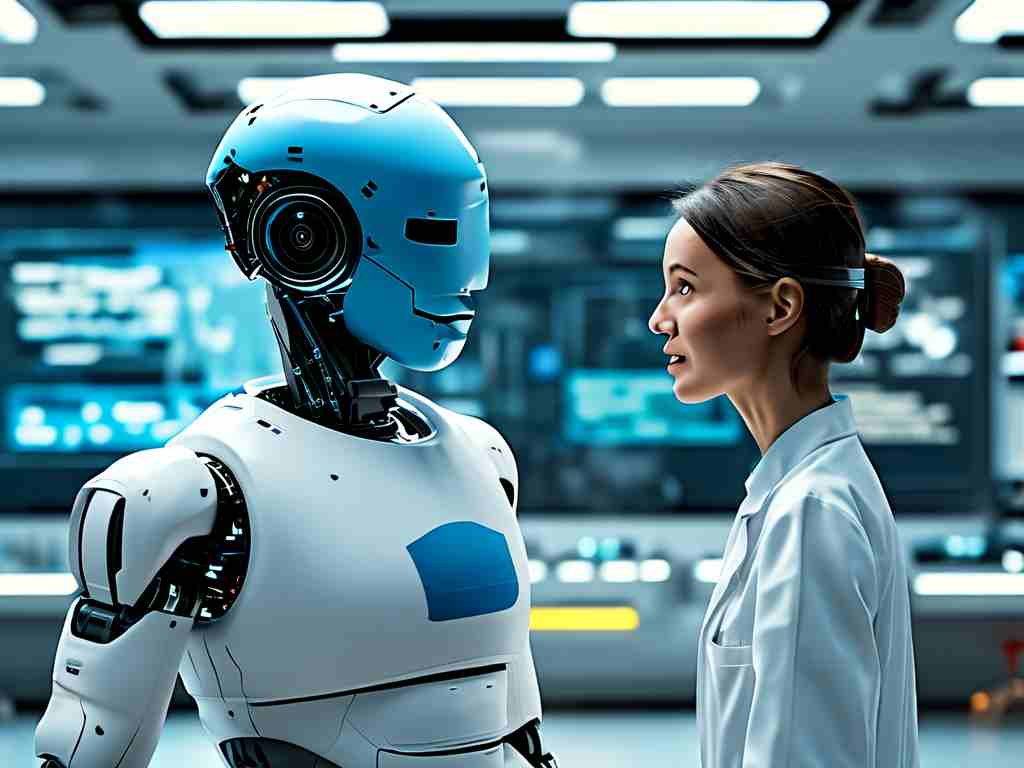
Core Mechanisms Behind Real-Time Interaction
At the heart of real-time dialogue systems lies a combination of automatic speech recognition (ASR) and natural language understanding (NLU). ASR converts spoken words into text, while NLU parses the text to extract meaning. Modern systems leverage transformer-based models like BERT or GPT-4, which process language hierarchically to capture nuances such as sarcasm or urgency. For instance, a healthcare robot might distinguish between a patient’s casual remark and a critical symptom report by analyzing vocal tone and word choice.
Latency reduction remains a critical challenge. Engineers optimize response times through edge computing, where data processing occurs locally on the robot rather than relying solely on cloud servers. A retail assistant robot, for example, might use on-device NLP to answer product queries within 200 milliseconds—a delay imperceptible to most users.
Applications Across Industries
In customer service, robots equipped with real-time dialogue capabilities handle tier-1 support tasks. A telecom company recently deployed AI agents that resolve 70% of billing inquiries without human intervention. These systems cross-reference customer profiles with policy databases while maintaining conversational flow, ensuring responses align with individual account histories.
Education has also benefited. Language-learning robots like LinguaBot provide instant feedback during pronunciation drills. Using phoneme-level analysis, they correct errors in real time—a feat impossible for pre-recorded tutorials. Similarly, robots in eldercare settings use dialogue systems to detect subtle changes in speech patterns, alerting caregivers to potential health declines.
Technical and Ethical Challenges
Despite progress, gaps persist. Multilingual support remains uneven, with low-resource languages often receiving subpar performance due to limited training data. Researchers are exploring few-shot learning techniques to address this. In a 2023 pilot, robots in Nairobi markets successfully switched between Swahili, English, and Sheng (a local creole) by analyzing just 50 sample dialogues per language.
Ethical concerns loom large. Voice cloning technologies enable robots to mimic specific individuals’ speech patterns, raising authentication risks. A recent incident involved a fraudster using a cloned CEO’s voice to authorize unauthorized transactions. Countermeasures include embedding imperceptible audio watermarks and implementing multi-factor voice authentication.
Future Directions
The next frontier involves multimodal integration. Robots like Honda’s EMIEW4 combine speech with visual cues, using cameras to interpret gestures during conversations. In tests, this hybrid approach reduced misunderstandings by 40% compared to voice-only systems.
Another emerging trend is emotion-aware dialogue. Affectiva’s Emotion SDK enables robots to adjust responses based on detected user moods. A trial with mental health chatbots showed a 30% increase in user engagement when the bot mirrored the patient’s emotional state through word choice and response timing.
Developers are also exploring quantum computing applications. Early experiments suggest quantum neural networks could process complex dialogue scenarios 100x faster than classical models, potentially enabling near-instantaneous multilingual translations during live conversations.
Code Snippets: A Glimpse Under the Hood
A simplified version of a real-time response generator might use Python’s transformers library:
from transformers import pipeline
chatbot = pipeline("conversational", model="microsoft/DialoGPT-medium")
def generate_response(input_text):
return chatbot(input_text, max_length=1000, pad_token_id=50256)[0]['generated_text']
This basic implementation belies the complexity of production systems, which typically incorporate reinforcement learning for continuous improvement.
As boundaries between human and machine communication blur, real-time robot dialogue technology stands poised to redefine collaboration across domains—provided developers navigate its technical and societal implications with care.


